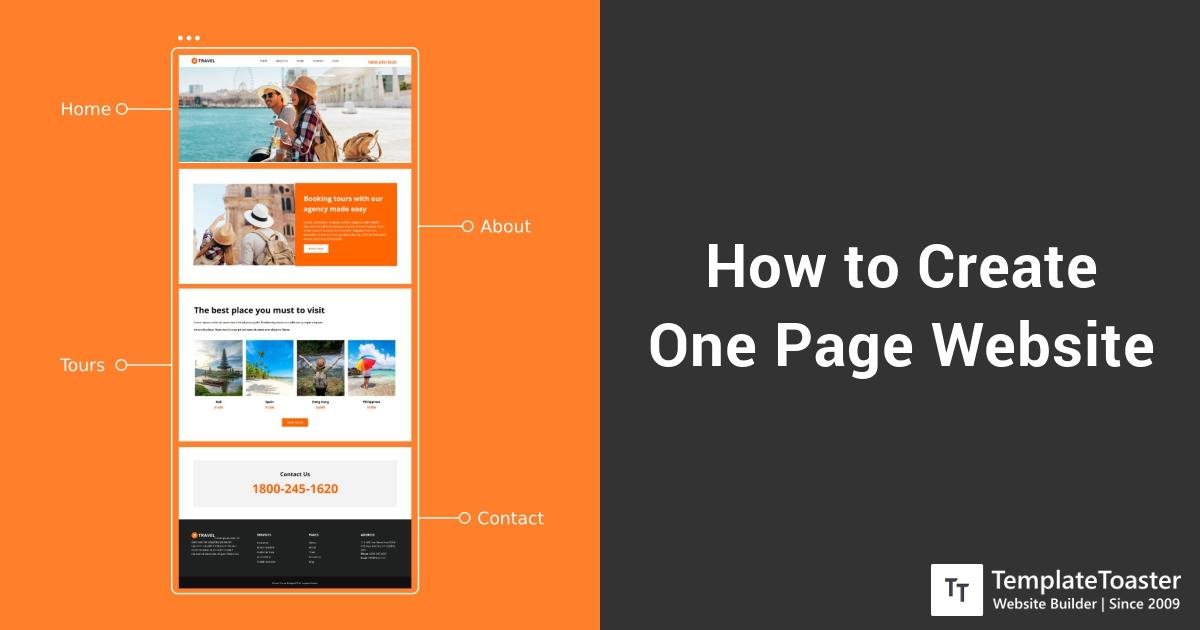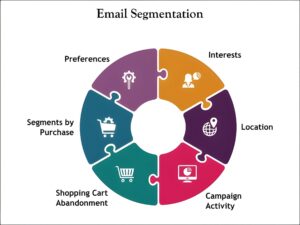The Pros and Cons of One-Page Websites
One-page websites have surged in popularity among startups, freelancers, and small businesses looking for simplicity and efficiency. By consolidating all content onto a single web page, these sites offer a streamlined user experience and an aesthetically pleasing design. However, like any digital strategy, one-page websites come with their advantages and drawbacks. In this comprehensive guide, we’ll explore the pros and cons of one-page websites, best practices, SEO considerations, and tips for deciding if this design approach is right for your project.
What Is a One-Page Website?
A one-page website (also called a single page website) is a web design approach where all core content-such as the homepage, about section, services, portfolio, contact info-is contained on one continuous page, usually with smooth scrolling navigation. This contrasts with traditional multi-page websites that separate these sections into distinct pages.
Benefits of One-Page Websites
One-page websites come with unique benefits that make them attractive for certain use cases:
- Simple User Experience: Visitors can access all information by scrolling without needing to click multiple links.
- Streamlined Design & Storytelling: The linear layout guides users through content in an intentional order, ideal for narratives or product showcases.
- Faster Development and Maintenance: Less complex structure often means quicker build times and easier updates.
- Mobile Friendly: One-page layouts are inherently responsive and adapt well to mobile devices where scrolling is natural.
- Increased Conversion Potential: A focused call-to-action (CTA) without distractions can boost sign-ups or sales.
Drawbacks of One-Page Websites
Despite the benefits, it’s important to consider the limitations that come with one-page setups:
- SEO Challenges: Limited keyword targeting and less content volume can hinder ranking potential on search engines.
- Scalability Issues: As your business grows, a single page may struggle to accommodate additional content or complex navigation.
- Long Load Times: Packing all content and media into one page can increase initial load time, impacting user experience.
- Navigation Difficulties: Users may find it harder to quickly locate specific sections, especially on larger one-page sites.
- Not Ideal for Content-Heavy Sites: Blogs, news sites, or extensive eCommerce catalogs typically require multiple pages for organization.
One-Page Website SEO: What You Need to Know
SEO is often the biggest concern when choosing a one-page website. Here’s how the structure affects search engine optimization:
- Keyword Focus: You have to strategically incorporate multiple keywords into a single page, which can be challenging without keyword cannibalization.
- Backlinking: Backlinks usually point to a single URL, which may limit the breadth of link equity compared to multi-page sites.
- Meta Data Limitations: One meta title and description applies to the whole site, reducing the ability to target diverse content topics.
- Page Speed: Heavier pages with many images, scripts, and videos can negatively impact ranking due to slower load times.
With proper optimization strategies-like fast hosting, compressed images, clean code, and focused keyword targeting-a one-page website can perform well. However, for complex sites, multiple pages are usually advantageous.
Comparing One-Page vs. Multi-Page Websites
| Feature | One-Page Website | Multi-Page Website |
|---|---|---|
| User Navigation | Smooth scrolling, linear flow | Menu-based, multiple clicks |
| SEO Potential | Limited keyword targeting | Broader keyword targeting |
| Content Volume | Suitable for minimal content | Ideal for extensive content |
| Load Speed | Can be slower if heavy content | Generally faster per page |
| Maintenance | Easier and faster | More complex, time-consuming |
Practical Tips for Building Effective One-Page Websites
If you decide that a one-page website fits your needs, consider these best practices to maximize its impact:
- Prioritize Content: Choose only essential sections and concise copy to avoid overwhelming visitors.
- Implement Clear Navigation: Use sticky menus or anchor links that smoothly scroll to sections.
- Optimize Load Time: Compress images, minimize scripts, and leverage caching.
- Include Strong Calls-to-Action: Place CTAs strategically to guide visitors towards conversions.
- Use Analytics: Track how users interact with different sections to continually refine the experience.
Case Study: When One-Page Websites Shine
Example: A freelance graphic designer launched a one-page website showcasing portfolio, services, testimonials, and contact info. The linear design allowed clients to quickly assess skills and make inquiries without clicking back and forth. This simplicity helped increase leads by 35% within three months.
This case underscores one-page websites’ strength in delivering clear, focused messaging-especially for personal brands, event promotions, or product launches.
Conclusion: Is a One-Page Website Right for You?
One-page websites offer a sleek, user-friendly way to present essential information and tell your brand story in a concise manner. Their simplicity can lead to faster development, better mobile experience, and potentially higher conversions for specific niches. However, if your business requires comprehensive content, extensive product listings, or wide-ranging SEO strategies, a multi-page website may be a better fit.
Ultimately, the choice depends on your goals, audience needs, and content volume. By understanding the pros and cons of one-page websites outlined here, you can make an informed decision that balances aesthetics, usability, and SEO to grow your online presence effectively.









